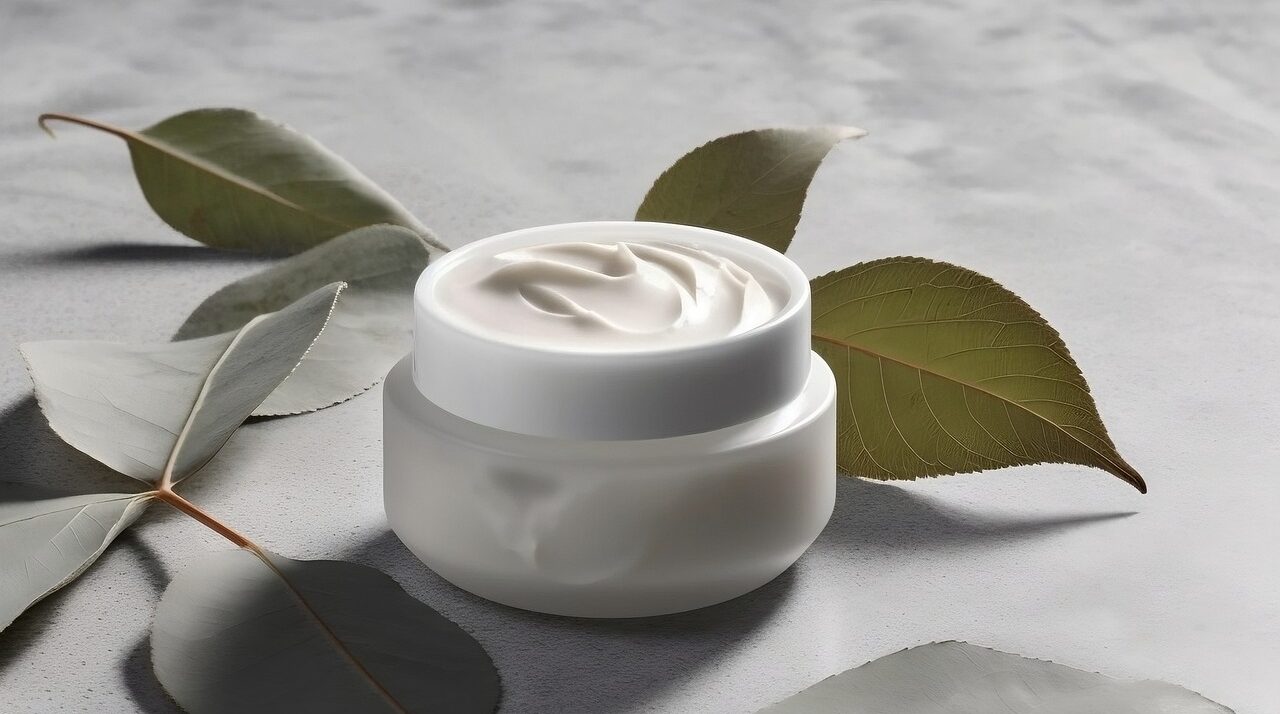Tacrolimus is commonly compounded in pharmacies in the following strengths:
- Tacrolimus 0.1% ointment
- Tacrolimus 0.1% cream
Tacrolimus is an immunosuppressive medication that is commonly used in dermatology for the treatment of certain inflammatory skin conditions. It belongs to a class of drugs known as calcineurin inhibitors and is available in topical form for application to the skin. Tacrolimus is particularly useful in managing conditions like atopic dermatitis (eczema) when other treatments may not be effective or are associated with unwanted side effects.
Here’s an overview of Tacrolimus in dermatology:
- Mechanism of Action:
- Immunosuppression: Tacrolimus inhibits the activity of calcineurin, a protein involved in the activation of immune cells. By suppressing the immune response, it helps reduce inflammation and provides relief from symptoms associated with certain skin conditions.
- Conditions Treated:
- Atopic Dermatitis (Eczema): Tacrolimus is commonly used to treat moderate to severe atopic dermatitis, especially in areas where the skin is thin or on the face and neck. It is often recommended when other topical treatments have not provided adequate relief.
- Formulation:
- Topical Ointment or Cream: Tacrolimus is available in both ointment and cream formulations for topical application to the affected skin.
- Strengths:
- 03% and 0.1% Tacrolimus: These are common strengths of topical tacrolimus available for dermatological use. The choice of strength may depend on the severity of the skin condition and the specific areas of the body being treated.
- Application:
- Twice Daily: Tacrolimus is typically applied twice daily to the affected areas of the skin.
- Thin Layer: It is important to apply a thin layer of the ointment or cream to avoid excessive absorption and minimise the risk of side effects.
- Duration of Use:
- Short-Term and Long-Term Use: Tacrolimus is often used for short-term or intermittent treatment to manage flare-ups of atopic dermatitis. In some cases, healthcare providers may prescribe it for long-term use, but the duration and frequency of application will depend on the individual patient’s response and the severity of the condition.
- Considerations:
- Avoidance of Sun Exposure: Patients using tacrolimus should be advised to avoid excessive sun exposure and use sun protection measures, as the medication may increase sensitivity to sunlight.
- Consultation with a Dermatologist: Tacrolimus is a prescription medication, and its use should be supervised by a dermatologist or healthcare professional who will assess the patient’s condition and determine the most appropriate treatment plan.
Tacrolimus has been shown to be effective in managing certain dermatological conditions, but its use should be approached with caution and under the guidance of a healthcare professional due to potential side effects and the need for monitoring. It is particularly valuable when other topical treatments may not be suitable or effective.


